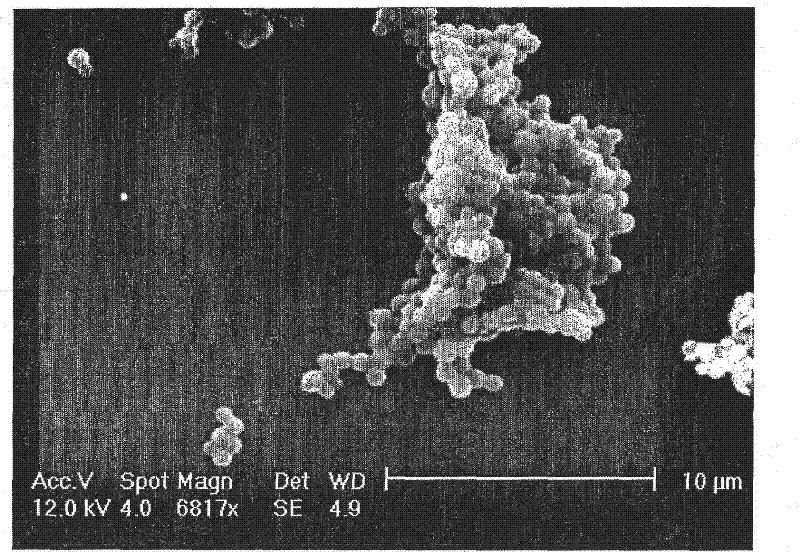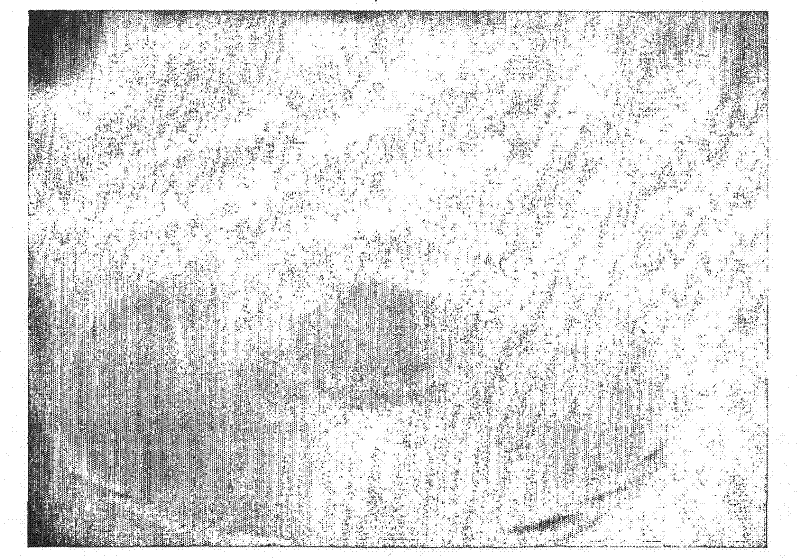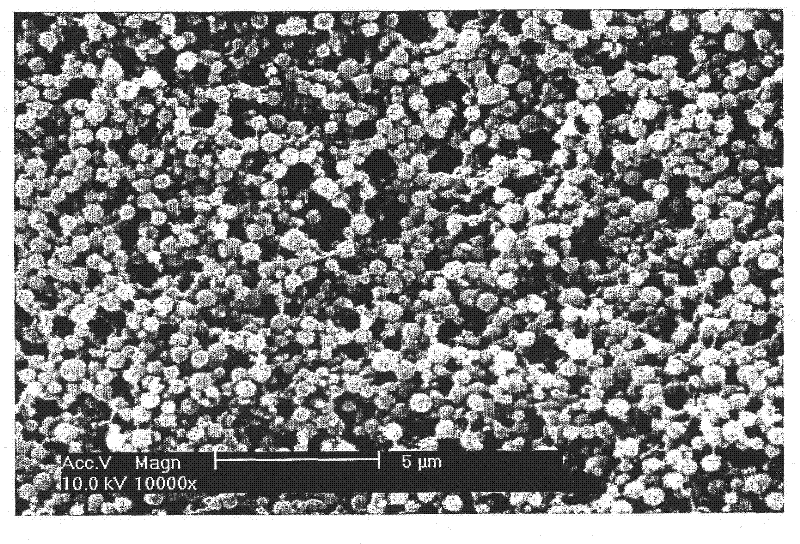Injectable biomaterials
一种注射组合物、物质的技术,应用在原弹性蛋白领域,能够解决团不能递送、没有具有高固含量等问题
- Summary
- Abstract
- Description
- Claims
- Application Information
AI Technical Summary
Problems solved by technology
Method used
Image
Examples
Embodiment 1
[0113] Example 1: Production of spheres formed from tropoelastin at low tropoelastin concentrations using basic polymerization
[0114] Materials and methods
[0115] 20 mg of tropoelastin was dissolved in 10 mL of phosphate buffered saline (PBS) at 4°C overnight (estimated 16 hours) to provide a final concentration of tropoelastin of 2 mg / ml. Keep the solution on ice throughout the process, measure the initial pH of the solution (pH 7.2), and adjust the pH of the solution to 10.7 by adding 39 μL of 1 M NaOH. Then, the resulting solution was incubated in a 15 mL tube at 37°C for 4 hours, after which it was removed from the incubator and left at room temperature.
[0116] result
[0117] The resulting microparticles tend to coat the tube walls. SEM images of solution samples ( Figure 1A ) shows that the microparticles present have an estimated diameter of 1 μm. Due to the "sticky" nature of the elastic material, the balls tend to clump together.
Embodiment 2
[0118] Example 2: Alkaline polymerization of tropoelastin at a concentration of 10 mg / ml in the absence of coalescence controlling agents
[0119] Materials and methods
[0120] Dissolve 50 mg of tropoelastin in 4.9 mL of PBS overnight at 4°C (estimated 16 hours). Keep the solution on ice throughout the process, measure the initial pH of the solution (pH 7.22), and adjust the solution pH to 10.7 by adding 47 μL of 1 M NaOH. Add an additional 53 µL of PBS to make a final concentration of tropoelastin solution of 10 mg / mL. The solution was then incubated overnight (16 hours) at 37°C in a 5 mL flat-bottomed tube, after which it was removed from the incubator and left at room temperature.
[0121] result
[0122] From Figure 1B As can be seen in , the resulting material is a solid elastic material that retains its fabricated tube shape. More than 4.5 mL of liquid was separated from the resulting solid, indicating that the majority (>40 mg) of the 50 mg tropoelastin was p...
Embodiment 3
[0123] Example 3: Production of pellets in the presence of CMC as coalescence control agent using chemical crosslinking
[0124] Materials and methods
[0125] A 200 mg / mL tropoelastin stock solution was obtained by dissolving 300 mg tropoelastin in 1.5 mL PBS overnight at 4°C. A 2% (w / v) stock solution of high viscosity carboxymethylcellulose (CMC; Sigma Cat. No. C5013) was obtained by dissolving 2 g of CMC in 100 mL of PBS and stirring overnight at room temperature.
[0126] The solution was kept on ice throughout the process, and 250 μL of the tropoelastin stock solution was mixed with 200 μL of PBS and 500 μL of 2% (weight / volume) CMC. A new tube of 25% (v / v) glutaraldehyde (GA) solution was opened on ice, and 2 μL of 25% (v / v) GA was mixed with 48 μL of PBS and immediately added to the tropoelastin solution. The resulting mixture of 50 mg / mL tropoelastin, 1% (w / v) CMC, 0.05% (v / v) GA was stirred with a cooled pipette tip (pre-cool the pipette tip by standing overnight...
PUM
 Login to View More
Login to View More Abstract
Description
Claims
Application Information
 Login to View More
Login to View More - R&D
- Intellectual Property
- Life Sciences
- Materials
- Tech Scout
- Unparalleled Data Quality
- Higher Quality Content
- 60% Fewer Hallucinations
Browse by: Latest US Patents, China's latest patents, Technical Efficacy Thesaurus, Application Domain, Technology Topic, Popular Technical Reports.
© 2025 PatSnap. All rights reserved.Legal|Privacy policy|Modern Slavery Act Transparency Statement|Sitemap|About US| Contact US: help@patsnap.com



